I'm trying to rotate an UIView a few radians but after applying the transformation it doesn't look to be keeping its size. What's the proper way to achieve this?
Here's what I'm doing and what I get (Blue box with the arrow is the View I'm trying to rotate -- it should keep same aspect as red box behind):
#define DEGREES_TO_RADIANS(angle) ((angle) / 180.0 * M_PI)
double rads = DEGREES_TO_RADIANS(240);
CGAffineTransform transform = CGAffineTransformRotate(CGAffineTransformIdentity, rads);
self.arrowView.transform = transform;

Thanks!